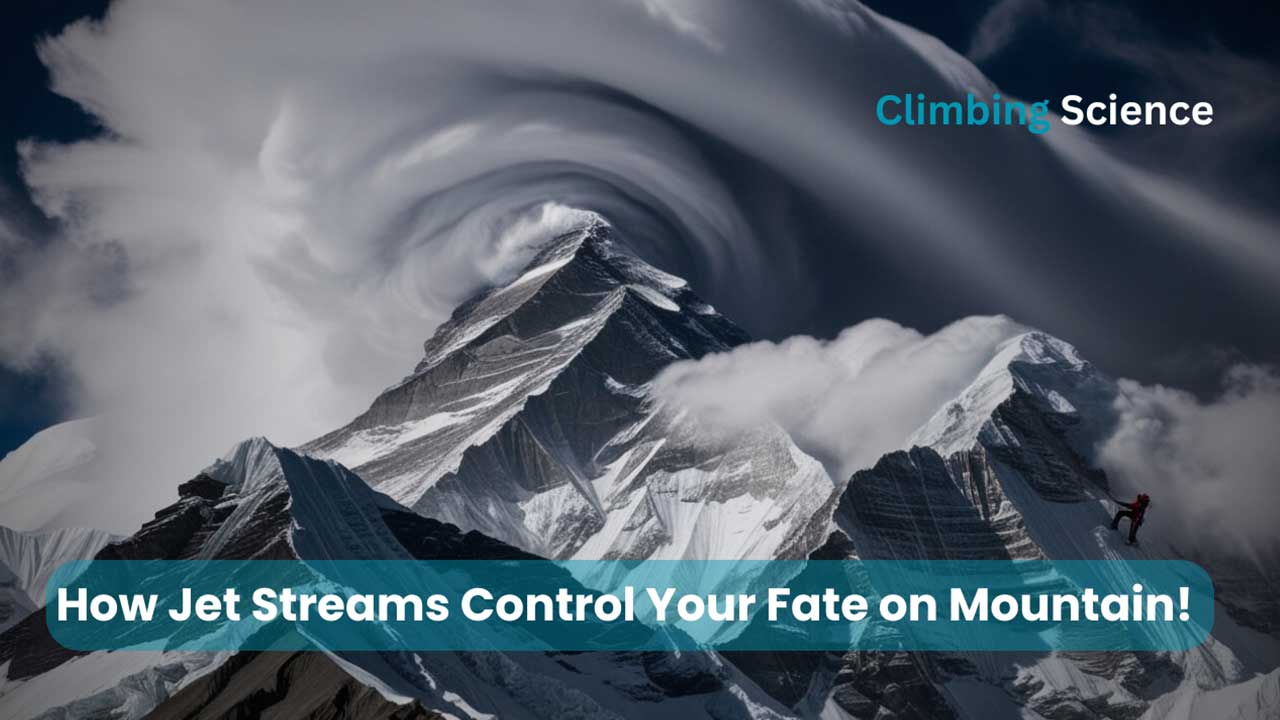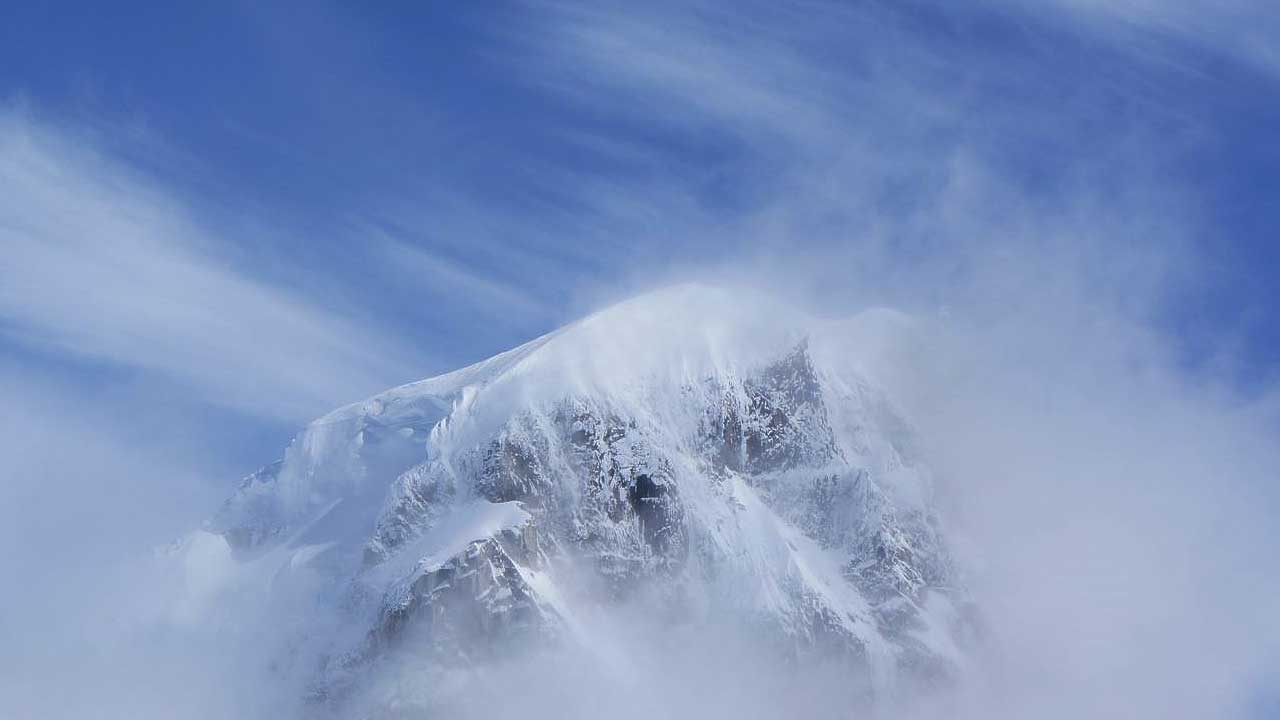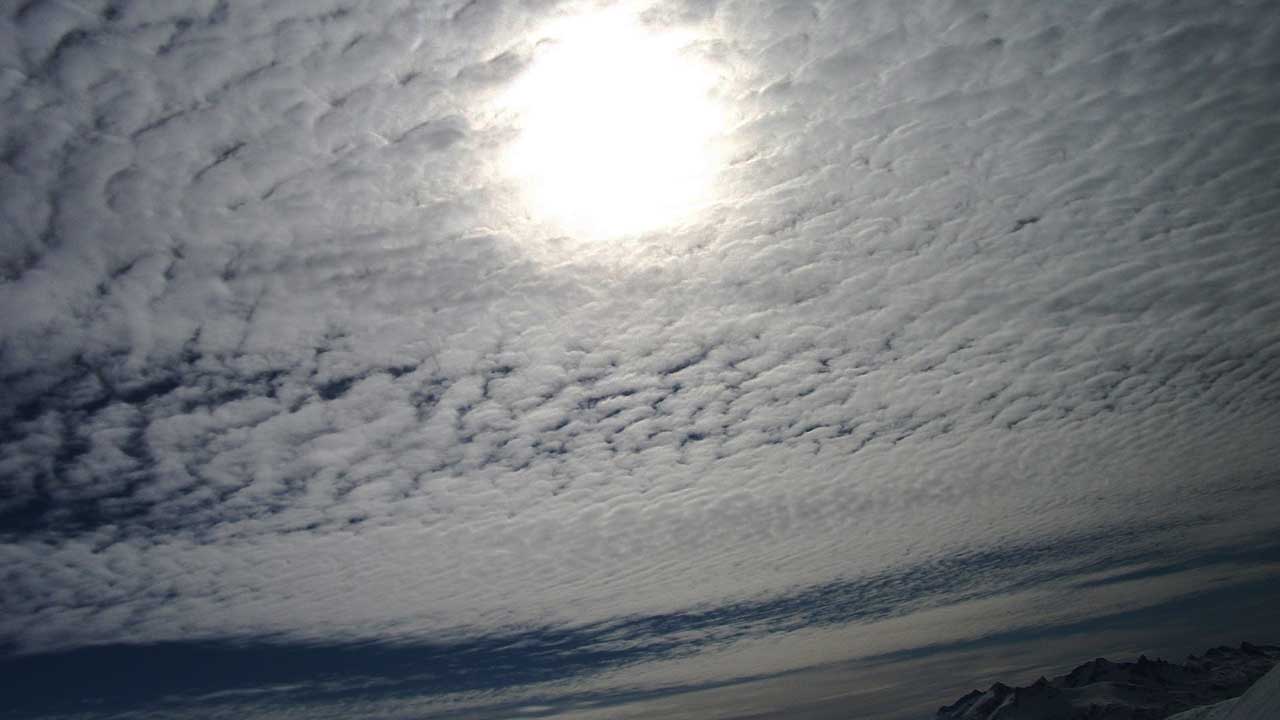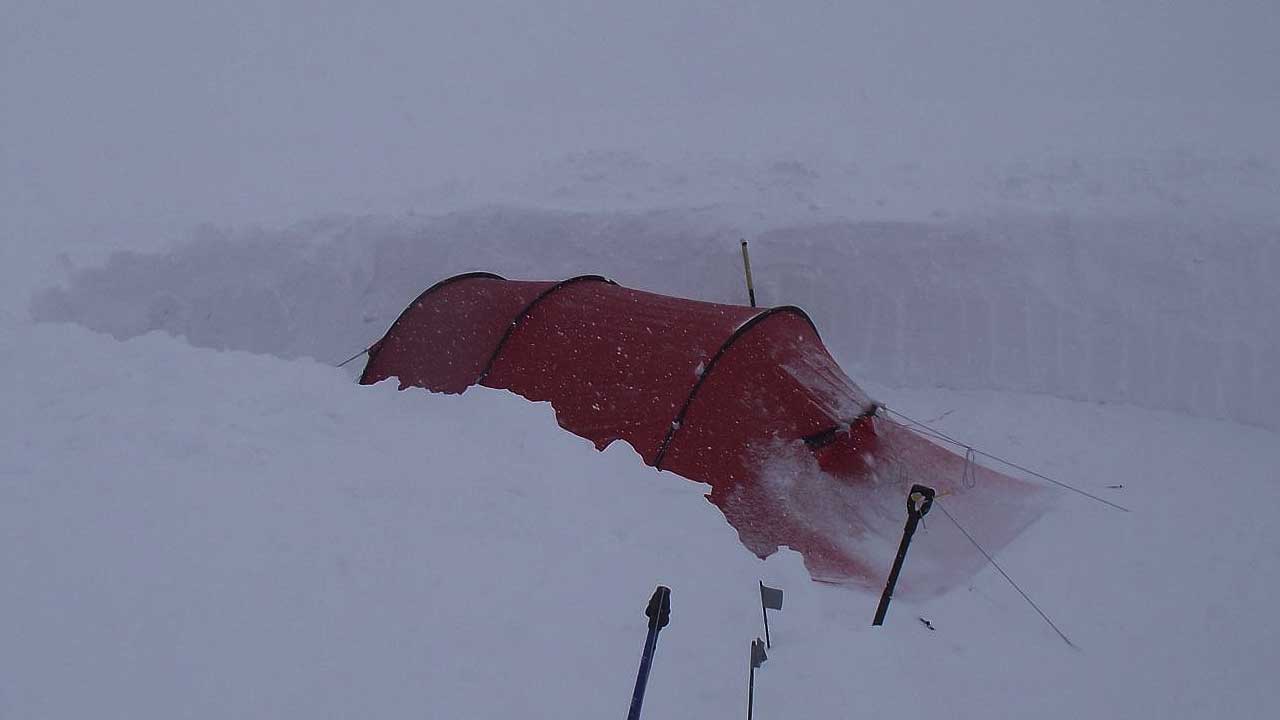Jet Streams: How Jet Streams Control Your Fate on Mountain!
Blogs
Climbing & Science: The Secret Force That Could Blow You Off the Mountain!
Mountaineering is a test of endurance, willpower, and strategy. And while gravity and hypoxia pose immediate dangers to climbers in the Himalayas, there’s another, often invisible, force that can make or break an expedition: the jet stream.
After diving into the science behind gravity variability and hypoxia, my team and I were intrigued by how wind shapes our climbing experiences, especially at high altitudes. The jet stream, a powerful air current flowing across the planet, plays a pivotal role in mountaineering in the world’s highest ranges. What began as a casual discussion about weather conditions on an upcoming expedition turned into a deeper exploration of the science behind these wind giants.
What are Jet Streams?
Jet streams are narrow, fast-moving air currents found at the boundary of the troposphere and the stratosphere, about 8 to 15 kilometers (5 to 9 miles) above the Earth’s surface. These winds can reach speeds of over 320 kilometers per hour (200 mph) and are responsible for influencing weather patterns, storms, and even aviation.
Jet streams form due to the temperature differences between the equator and the poles. Warmer air at lower latitudes rises, while colder air sinks, creating a strong pressure gradient that drives the rapid flow of air. While multiple jet streams are circling the globe, the most significant ones affecting climbers are the polar jet streams.

Jet Streams and the Himalayas
The Himalayan region is particularly affected by the subtropical jet stream, which flows from west to east over the mountains, especially during the winter months. As we delved deeper into the data, we were fascinated to learn that the jet stream is one of the major reasons why climbing peaks like Mount Everest can be so perilous.
In fact, climbers aiming for Everest’s summit must carefully time their ascent to avoid the most extreme jet stream conditions. The winds are so powerful that they can literally blow climbers off the mountain or make it impossible to move forward.
The Window of Opportunity: Jet Stream Shifts
A crucial part of summiting an 8,000-meter peak is finding the perfect weather window. This is where understanding the jet stream becomes essential. During most of the year, the summit of Mount Everest is whipped by winds so fierce that any attempt to climb is suicidal. However, during a brief period in May and sometimes again in September, the jet stream shifts northward, temporarily reducing the wind speeds over Everest.

This brief lull, known as the “summit window,” is when most climbers make their push for the top. It’s a delicate balance; waiting too long or starting too early could mean getting caught in winds of up to 160 kilometers per hour (100 mph), which can create a wind chill equivalent to temperatures of minus 60°C. For climbers, the jet stream isn’t just another weather factor; it’s a life-or-death consideration.
How Jet Streams Influence Expedition Strategy
Learning about the jet stream reshaped how we approached our climbs. The first thing we realized was that flexibility is key. Teams on high-altitude expeditions must constantly monitor wind patterns and weather forecasts to adjust their plans. A well-timed summit push can mean the difference between success and disaster.
For example, in 1996, a tragic storm on Mount Everest claimed eight lives, partially due to a sudden shift in weather conditions, including a jet stream-related storm. This sad event taught climbers a crucial lesson: the importance of watching for changes in jet stream patterns and being ready to descend if necessary.
Video of Mt Makalu 2009 Storm in the Death Zone
Want to know what it’s really like battling jet streams at extreme altitudes? Read Pankaj Lagwal’s full account of the Mt. Makalu expedition, where they were stuck above 8,000 meters for two nights and three days.
Science in the Skies: Jet Stream Research
Jet streams were first discovered by Japanese meteorologist Wasaburo Ooishi in the 1920s, but it wasn’t until World War II that the phenomenon gained widespread attention. The high-speed winds were encountered by bombers flying over the Pacific, and scientists began to study them in earnest.
Today, thanks to satellite technology and advanced meteorology, we can predict the movements of jet streams with much greater accuracy. This helps not only mountaineers but also airlines, who use jet streams to save fuel on long-haul flights.
The Himalayas, with their towering peaks that scrape the boundaries of the jet streams, have become a natural laboratory for studying these powerful winds. By understanding how jet streams interact with the Earth’s surface, scientists can learn more about global climate patterns and even how climate change may be shifting jet stream behavior.
Jet Streams and Climate Change
During our research, we uncovered another fascinating aspect of jet streams: their relationship with climate change. As global temperatures rise, the temperature difference between the poles and the equator decreases. This is causing shifts in jet stream patterns, which could have significant implications for weather and mountaineering alike.
In recent years, climbers have noticed that traditional summit windows on Everest and other high peaks are becoming less predictable. Some scientists believe this may be due to changes in the jet stream caused by warming temperatures. As the jet streams weaken and become more erratic, it could mean fewer opportunities to safely attempt high-altitude climbs.

The Impact of Jet Streams on Climbing Equipment
One of the more unexpected ways jet streams influence mountaineering is in the design of climbing gear. Winds at high altitudes are so intense that climbers’ tents, clothing, and equipment must be specifically engineered to withstand them. Tents need to be aerodynamic, allowing the wind to pass over them without lifting them off the ground. Jackets and outerwear are designed to be windproof and insulating to combat the freezing wind chill.
Even oxygen masks and tanks used by climbers at extreme altitudes are influenced by wind conditions. Strong winds make breathing more difficult! And can freeze exposed parts of oxygen delivery systems, which climbers rely on for survival in the “death zone.”
Jet Streams: Friend or Foe?
As climbers, it’s easy to think of the jet stream as an enemy. A force that works against our efforts to summit. But in some ways, the jet stream is also a friend. By pushing storms away and creating predictable weather patterns, the jet stream helps climbers prepare and plan their expeditions. Without the knowledge of how jet streams behave, high-altitude mountaineering would be even more dangerous than it already is.
Understanding the jet stream gives climbers an edge. It’s like learning the rhythm of a song or the timing of a wave. If you can master the pattern, you can ride the wind, quite literally, to success.
Video of Storm Building Up in Himalayas
The Next Step: Tracking Jet Streams for Future Expeditions
Our journey into the world of jet streams has opened up a whole new layer of knowledge for our climbs. It’s fascinating to realize that what happens miles above the Earth’s surface directly affects what we experience on the ground—or, more accurately, on the sides of mountains.
As we continue to explore the science behind mountaineering, we plan to stay informed about jet stream research and climate change’s effects on these vital winds. The better we understand the invisible forces that govern our climbs, the safer and more prepared we’ll be.
Stay tuned for our next blog, where we’ll delve into another scientific phenomenon affecting the Himalayas—this time, we’ll explore the powerful tectonic forces that are still shaping the tallest mountains on Earth.
References:
- Meteorological Monograph Synoptic Meteorology No. 1 /1976 Southwest Monsoon Y. P. Rao
- Archer, C. L., Caldeira, K. (2008). “Historical Trends in the Jet Streams.” Geophysical Research Letters
- BY JOH N M . LEWIS OOISHI’S OBSERVATION Viewed in the Context of Jet Stream Discovery
More on Climbing & Science
Is Gravity Different at the Top of Everest?
How Hypoxia Could Ruin Your Summit Dreams & How to Stop It!
Exploring the Enigmatic Triangular Shadows of Peaks